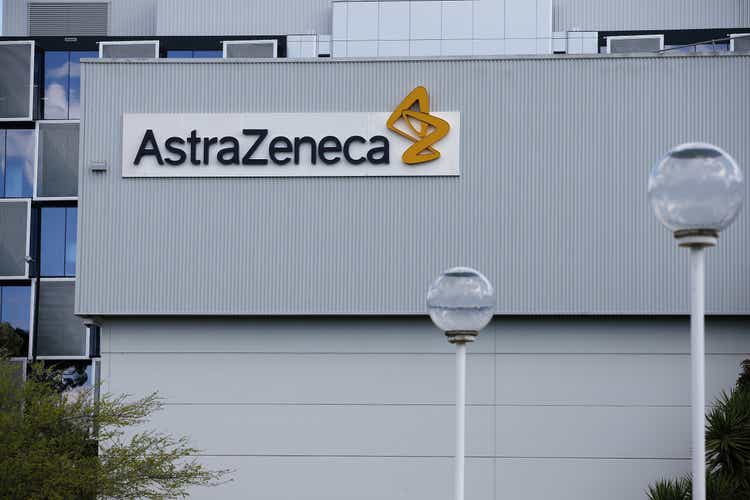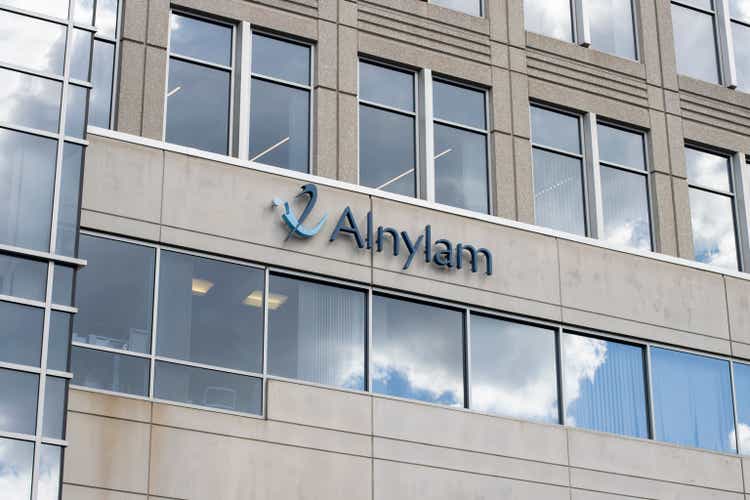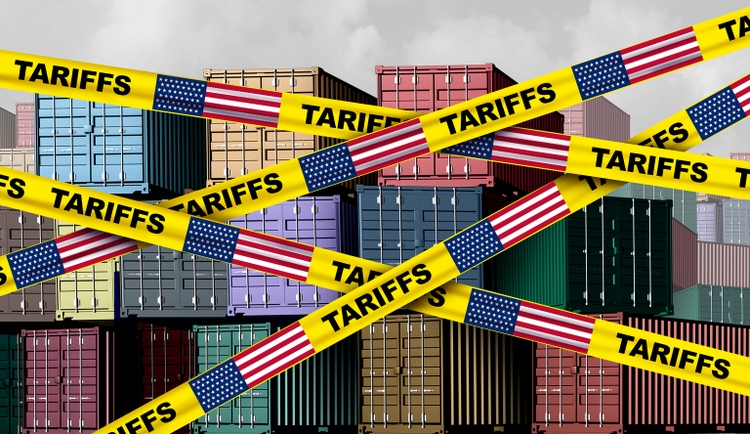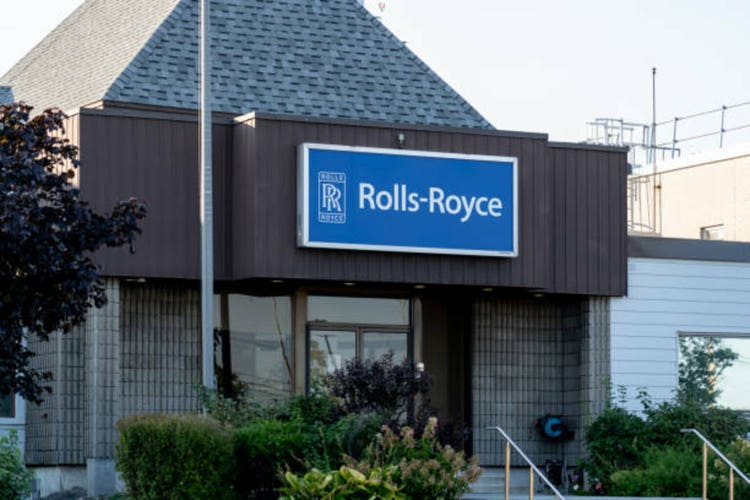Nvidia’s Q2 release on Aug. 27 marked by far the biggest event of this earnings season, and the AI chip giant scored another phenomenal performance. For the three months ended July 28, Nvidia beat analysts’ already Brobdingnagian forecasts for sales, revenue, and guidance, though a shortfall in data-center sales proved a slight disappointment that sent shares around 1% lower in midmorning trading on Aug. 28. Some Wall Street analysts also expressed concerns over a disclosure in Nvidia’s 10-Q that for its trademark franchise—chip sales to data centers—it’s collecting 44% of its revenues from just two hyperscalers, assumed to be Microsoft and Meta Platforms.
If you’re a Nvidia investor, or pondering buying its shares now, it’s important to recognize that the threat to getting anything resembling big returns isn’t that heavy dependence on a few big customers, or Chinese rivals playing catch-up, but the law of large numbers. Put simply, Nvidia’s profits and market cap are already so gigantic that to reward shareholders, it would need to swell to a size dwarfing where any tech giant stands today, and add earnings at a rate, measured in billions of dollars, that no other major, established enterprise has ever achieved.
The numbers Nvidia must hit to make you money are daunting
Let’s assume the minimum return you’d want from Nvidia’s stock is 10% annually. Keep in mind that you’d be betting on a player that will only pay off if it waxes extremely fast from an already elevated P/E and market cap, and so you’re taking a big risk that will happen—hence, even 10% looks like a pretty unspectacular win. Right now, Nvidia famously boasts the largest valuation by far of any U.S. company, at $4.44 trillion, beating second-ranking Microsoft by 19%. Over the past four quarters, it’s earned $86.6 billion, putting its P/E at 51. That doesn’t sound horribly expensive—at first. But once again, the big challenge is that law of large numbers, the virtual impossibility that when you’re already that big you’ll get hugely bigger, and especially when you need to add all those new gobs of profits at an extremely rapid rate.
Hence, to deliver that 10% annual return, Nvidia would need to double its market cap by September 2032 to $8.88 trillion. (Nvidia just announced a $60 billion share buyback and will keep repurchasing shares, but the numbers shouldn’t be big relative to its valuation; so to simplify, I’m using a model where the share count is constant.) Let’s assume that over that span, its P/E falls from the current 51 to a still formidable 30, a number positing that Nvidia would still have years of strong growth ahead even after 2032. In that scenario, the required bogey for net earnings tallies to $293 billion (the $8.88 trillion market cap divided by the P/E of 30).
If inflation averages 2.5% for the next seven years, that $293 billion equates to $246 billion in today’s dollars. That’s 112% more than the $116 billion that Alphabet, the S&P 500’s top earner, posted over the past four quarters, and almost 150% above what Microsoft registered for its 2025 fiscal year ended in June. Ringing the bell mandates an average yearly addition to profits of $26 billion. In the past three fiscal years, Microsoft and Alphabet have shown blowout profit expansion, but not on that scale; both lifted the bottom line by between $13 billion and $14 billion annually, half of what Nvidia would need to notch for delivering that 10% minimum gain.
The problem: Nvidia’s stock can only pay off if a number of heroic projections that CEO Jensen Huang is making actually happen. Huang is forecasting that spending on AI infrastructure by the hyperscalers balloons from around $600 billion a year today to “$3 to $4 trillion … by the end of the decade.” At the top end, that’s a growth rate of around 40% a year. That prediction assumes that the capital-expenditure budgets for the likes of Microsoft and Meta will absolutely explode, implying that they, too, will hit a new escape velocity in revenue expansion. Nvidia’s margins would also need to remain extremely high for the big-win-for-investors playbook to become reality.
A warning sign is that Nvidia’s year-over-year quarterly growth, though still huge, is already falling. Certain laws of gravity always apply when it comes to business strategy, including that if a business is profitable enough, competition will increase. AI infrastructure is so hugely profitable that rivals will flood the market, taking share from Nvidia and eroding its margins. It will need to diversify its customer base substantially from the high concentration on a couple of giant customers to keep racing ahead, and competitors will be vying for the same big clients.
Companies, even great ones, don’t keep near-monopoly positions for long. That’s just not the way markets work. The best bet is that Nvidia remains a great, fast-growing, and highly profitable enterprise. That’s a hugely impressive feat. But it’s not nearly enough to beat the law of large numbers.
This story was originally featured on Fortune.com

 8 hours ago
1
8 hours ago
1





















 English (US) ·
English (US) ·